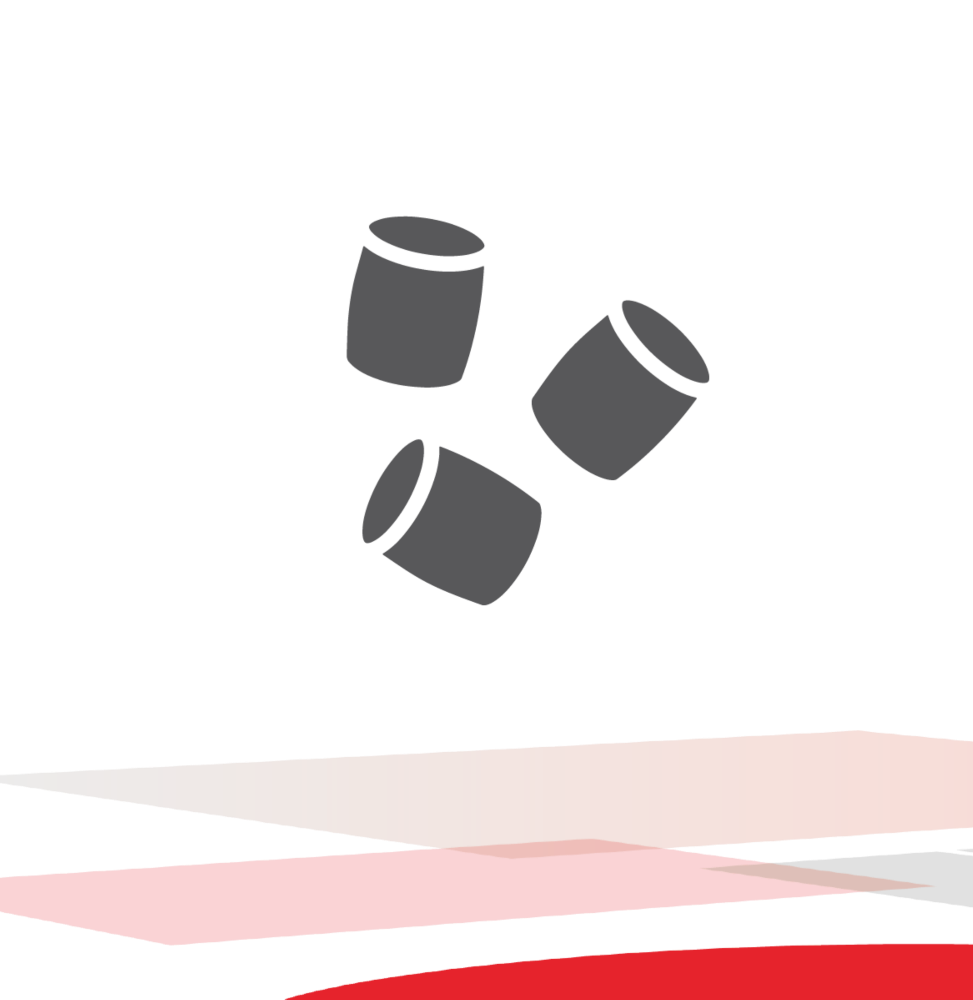RecircReady
Skretting’s dedicated concept for RAS, RecircReady, was introduced to the global aquaculture market back in 2009 - an industry first. The concept takes into account modelling capabilities, nutrient recycling solutions and health monitoring in addition to tailored feed solutions.

Feed solutions
Recirculating aquaculture system needs a top performance feed in terms of physical and nutritional quality, to make fish growth faster and healthier, to keep water clean in the system. With years of dedicated research and development Skretting offers innovative ‘RC’ feeds that are best suited to meet the needs of fish production in RAS.
Skretting's RAS feed products are specifically designed to optimise the performance of recirculating systems without compromising fish performance. The RC feeds have precise level of nutrients and uses only ingredients with high digestibility to maximise nutrient utilisation for fish growth and minimise nutrient loss.
Skretting RC feeds have high water stability and pellet sinking rate customised to feed fish in land based farming. High water stability of feed reduces nutrient leaching, turbidity and ensures good water quality for fish growth. With unique patented ingredients in RC feeds binds faecal matter, making it easier to filter and remove solid waste particles which also reduces fecal leaching and lowers load on bio-filter. As water quality is improved, fish health is optimised and the production capacity of the system may be increased.

Growth & waste prediction models
In closed aquaculture systems like RAS, growth can be influenced by many water quality parameters. In order to take these parameters into account, Skretting’s AquaSim portal now allows our customers to input a wide range of water quality parameters specific to their operations. This means that we can better predict growth, and optimise production in RAS.
Waste prediction models
Over the past decade, Skretting ARC has collected and analysed data from fish feeding trials at Lerang Research Station to calculate the nutrient flow in a system. These data have been developed into a specific model to predict the efficiency of dietary nutrient utilisation by the fish, and is a function of feed consumed, nutrient content of the feed, growth of the fish, digestibility of nutrients in the diet and the body composition.

Model calculates
By using this model in RAS systems, we are able to calculate the dissolved nutrient in the water and measure the impact of changing dietary formulations, taking into account the use of different raw material qualities and specific nutrient levels. We are also able to quantify the additional effect of adding binders to the feed on the reduction of important nutrients such as nitrogen, phosphorus and carbon.

System health
Any recirculating system needs good biosecurity to hinder propagation of diseases, and to prevent sudden system crashes. The way the feed interacts with the system is also important in that regard, as sudden changes can cause a large impact to the water quality and waste removal dynamics.
At Skretting, we strive to produce the best possible feeds, and have dedicated programs in place to develop feeds specifically for recirculation purposes. In doing this, we can ensure the system can always perform at its most efficient capacity during the fish production cycle. We use our models to predict waste output from the fish, and to ensure that fish metabolites do not accumulate within the system. Monitoring of O2, CO2, N2, NH4++NH3, NO2-, NO3, and other physico-chemical parameters is key in determining the optimal performance of both fish and system, as it entails a fine balance between free-swimming and attached bacteria, solids removal performance and other procedures within the system.
When we are able to steer the feed to produce certain type and amount of metabolites, while closely assessing system performance, the system operates in a steady way, keeping water quality constant and ensuring optimal fish growth.

Nutrient recycling
From any RAS system there is a by-product that needs attention, and that is the faecal matter from the fish. This product has many potential uses, for example as agricultural fertilisers, in bio-gas production, aquaponics systems, as an input factor in microalgae production or a source of combustion, to name a few. At Skretting, we actively seek solutions to help our customers find ways of utilising this nutritious output. Today for example, Skretting Norway has a joint program together with Marine Harvest, IVAR, Scanship and Høst to remove this by-product and use it to produce organic fertiliser.
Read more about the initiative here.
In the future, there might be new, innovative ways to collaborate with fish producers to help them in finding a valuable, circular way of utilising nutrient output from RAS systems. The overall aim for Skretting and Skretting ARC is to produce feed that produces as little waste as possible and ensures that the nutrients are being used to grow the fish, not feed the surrounding environment.